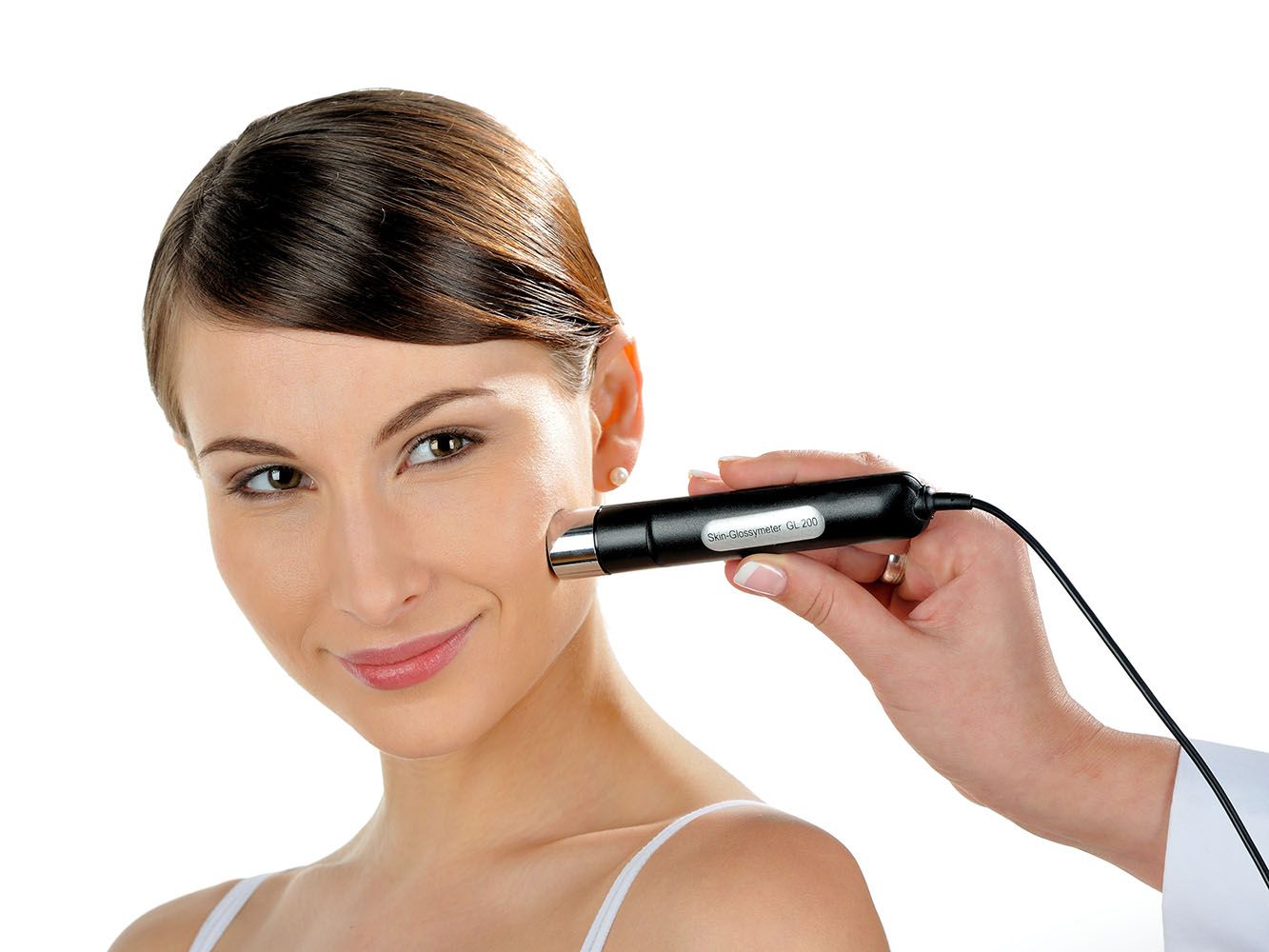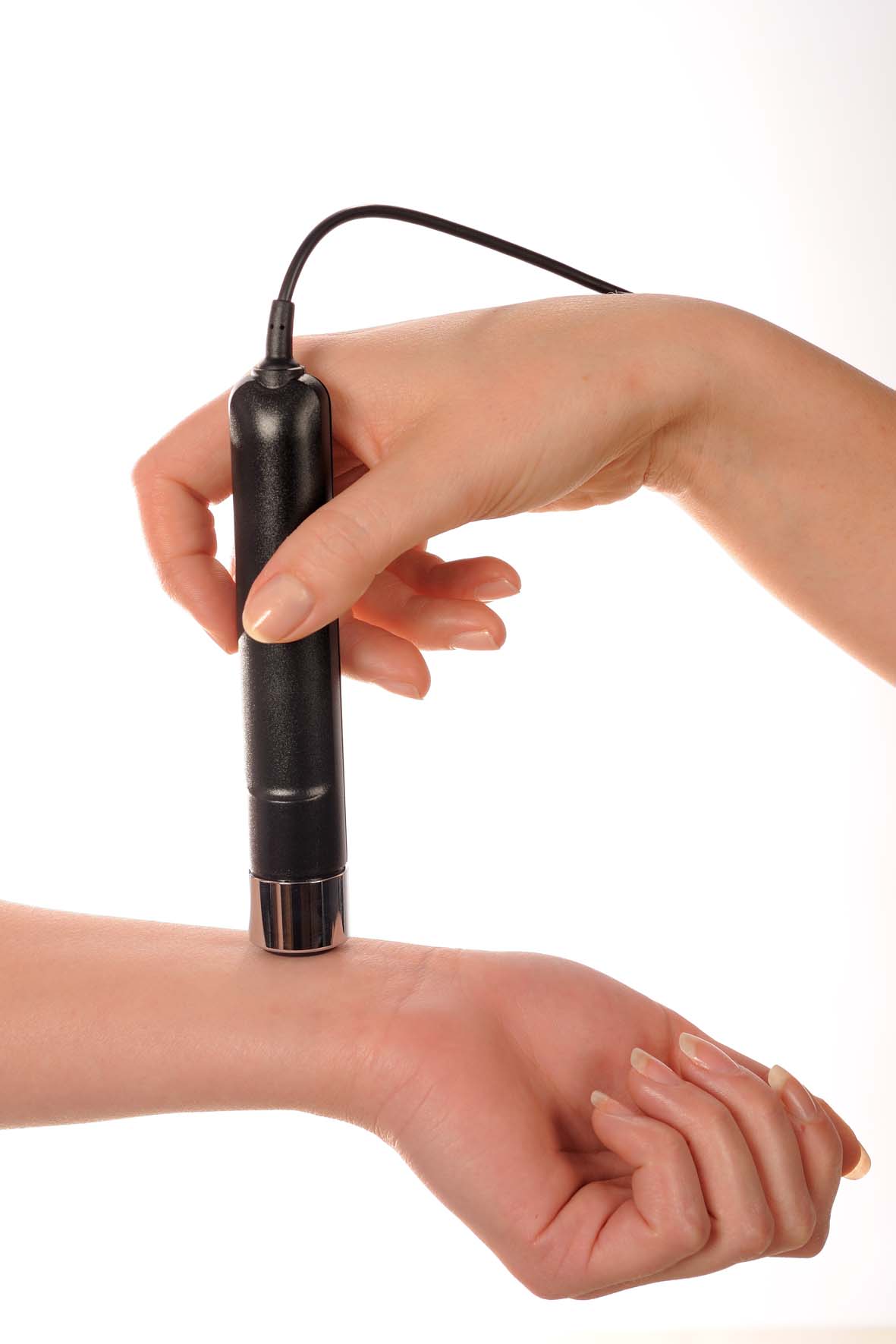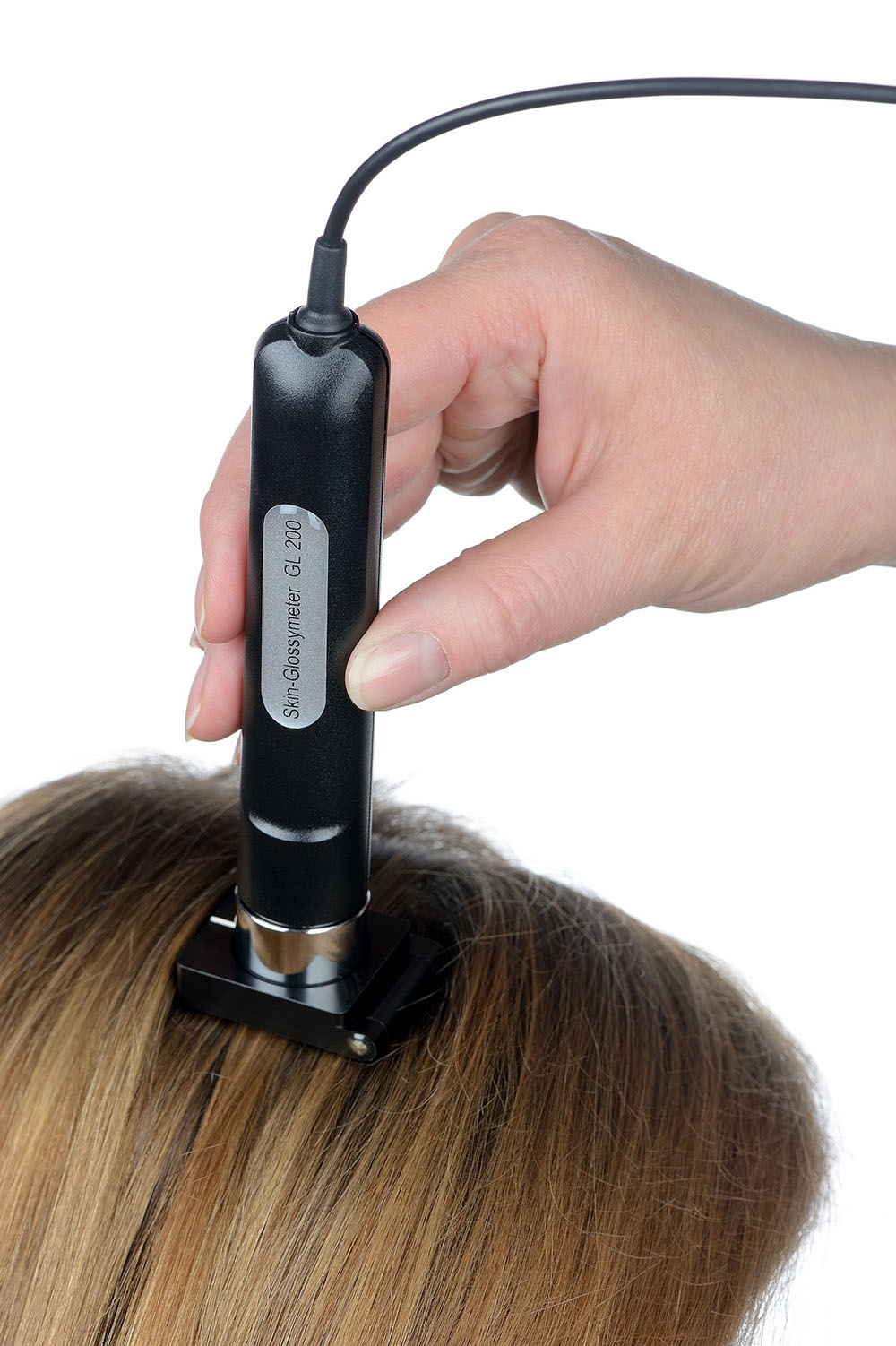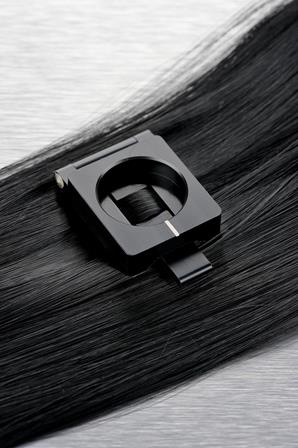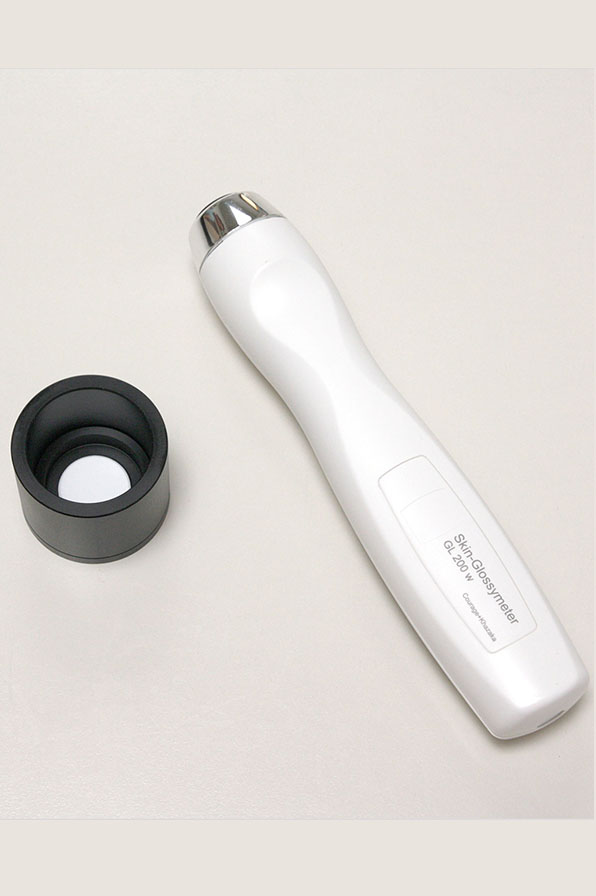Skin-Glossymeter GL 200
Measuring Gloss on Skin, Lips and Hair
Advantages of the Skin-Glossymeter
- The measurement is combined in a uniquely
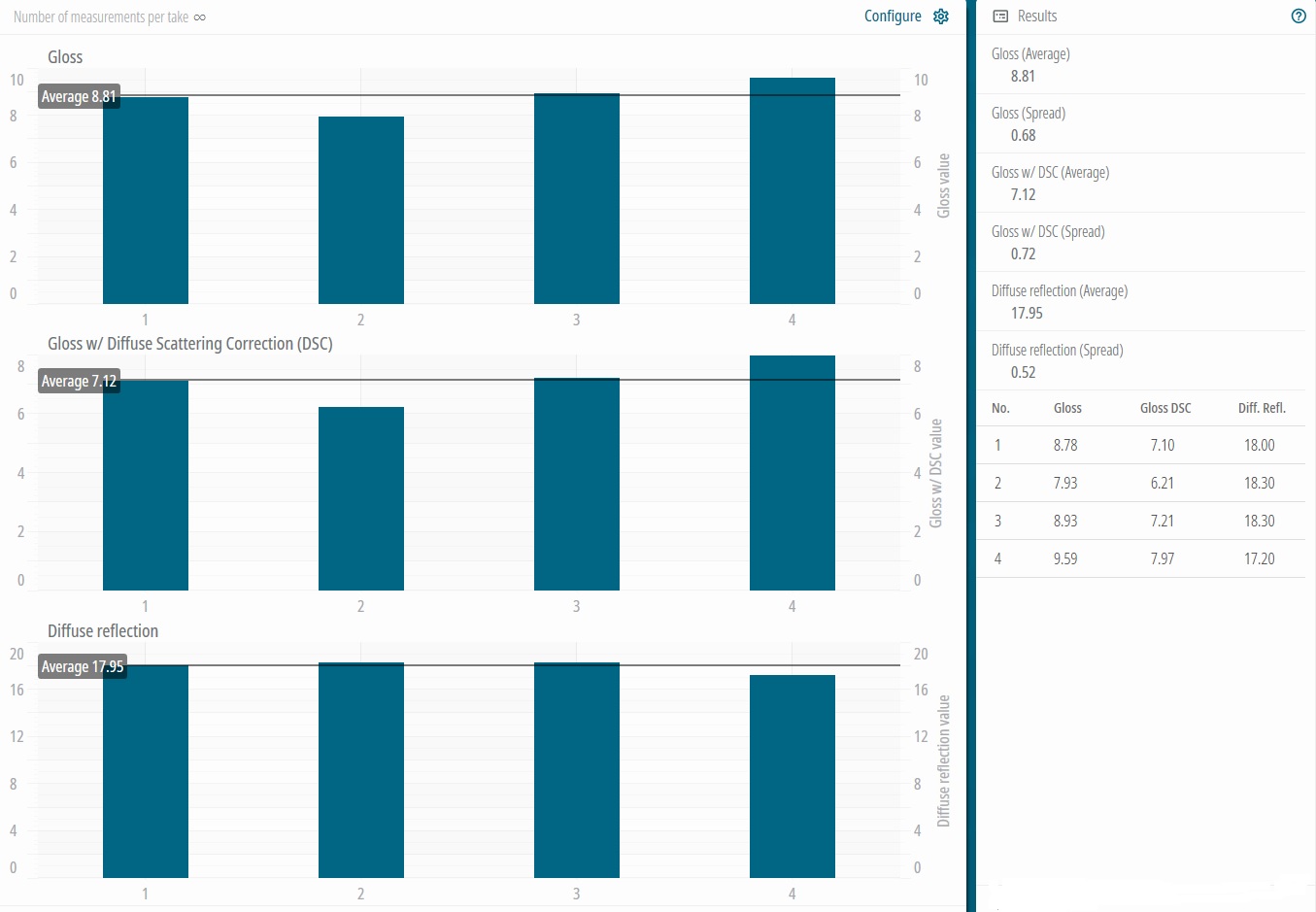 designed probe head. It allows very quick measurement (1 second) and is very easy to handle.
designed probe head. It allows very quick measurement (1 second) and is very easy to handle. - In addition to the gloss value, each measurement also displays a value for the diffuse scattered light.
- Unique Diffuse Scattering Correction (DSC): to minimize the influence of skin colour on the result. No other gloss measurement offers such a function.
- The spring in the probe head ensures constant pressure on the skin enabling exact, reproducible measurements.
- The accuracy of the Skin-Glossymeter probe can be checked easily anytime.
- Especially designed for skin but other applications like measurements on lips, hair, and other materials are also easily possible.
- Hair clip available to measure the gloss easily and conveniently directly on the hair.
- Good correlation of the (arbitrary) Glossymeter units and industrial standard gloss units based on DIN and ISO.
Measurement Principle
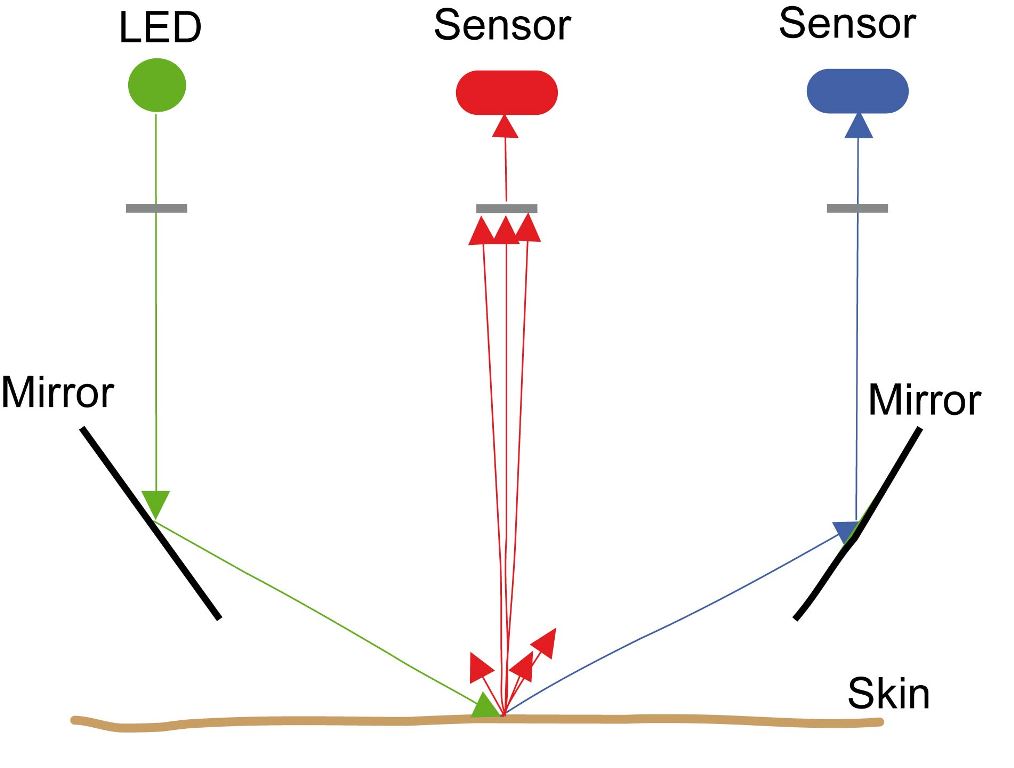 The measurement of gloss is based on reflection of light sent to the skin. Parallel white light is created by LEDs in the probe head. To be able to emit light at 60° in a relatively small and uniquely designed measurement head, light is sent out at 0° and reflected by a mirror to 60°. Two separate measurement channels measure the reflected light. Direct reflection/gloss: the direct reflected light is again guided by a mirror in 60° into the reflection channel (blue). Diffuse reflected/scattered light: The scattered/diffuse reflected light is measured at 0° (completely vertically above the measured surface) under the assumption that light is scattered in the same way over all degrees (diffuse channel - red).So the Skin-Glossymeter GL 200 expresses both, the portion of directly reflected light (gloss) and the diffuse scattered portion from the skin surface.
The measurement of gloss is based on reflection of light sent to the skin. Parallel white light is created by LEDs in the probe head. To be able to emit light at 60° in a relatively small and uniquely designed measurement head, light is sent out at 0° and reflected by a mirror to 60°. Two separate measurement channels measure the reflected light. Direct reflection/gloss: the direct reflected light is again guided by a mirror in 60° into the reflection channel (blue). Diffuse reflected/scattered light: The scattered/diffuse reflected light is measured at 0° (completely vertically above the measured surface) under the assumption that light is scattered in the same way over all degrees (diffuse channel - red).So the Skin-Glossymeter GL 200 expresses both, the portion of directly reflected light (gloss) and the diffuse scattered portion from the skin surface.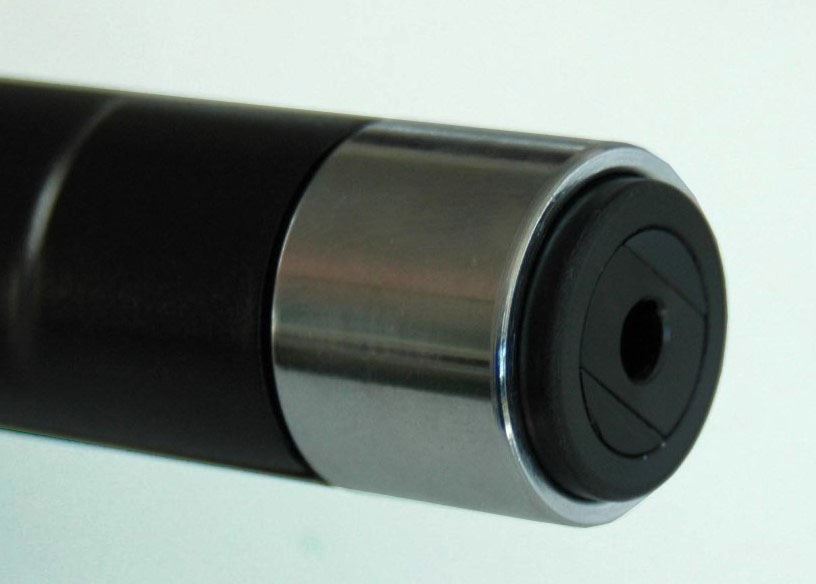
Diffuse Scattering Correction (DSC): Skin varies in structure and brightness and also in colour. On the skin some part of the light will penetrate into the upper layers and will get scattered depending mainly on the skin colour (dark skin scatters less then light skin). To obtain a gloss value mostly free from the influence of skin colour, the diffuse light entering the gloss channel is deducted by a special formula. No other gloss measurement offers such a function.
The results are expressed in (arbitrary) Glossymeter units (excellent correlation with industrial standard units GU based on DIN and ISO).
Fields of Application
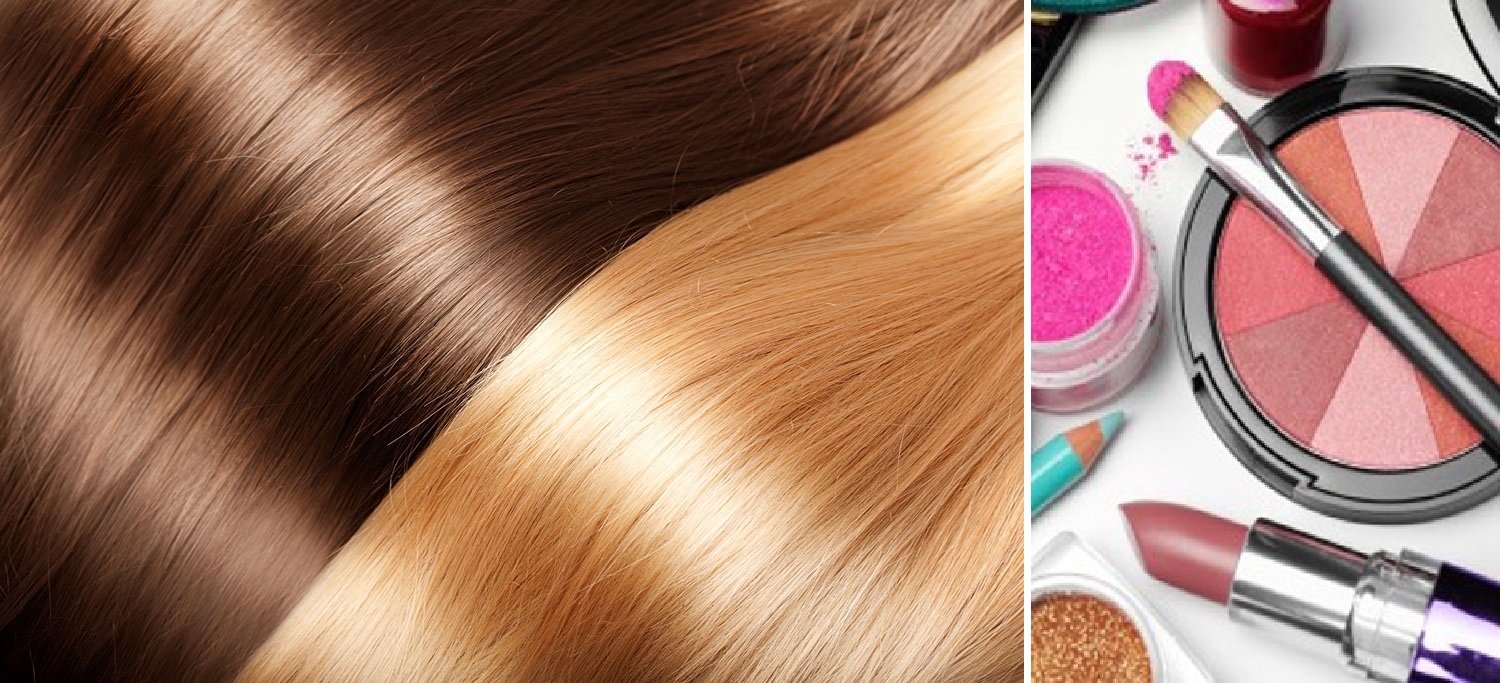
- For formulation, claim support and efficacy testing of skin care, hair care and decorative cosmetics (lipsticks, hair care, facial care, cleaning products, make-up, nail polish, etc.).
- Typical claims (examples) substantiated with the Skin-Glossymeter: shine/gloss increasing/reducing for hair and skin (also animal fur), brightness/luminescence/skin radiance enhancing, mattifying, and more
Technical Data
Dimensions: 13 cm x Ø 2.4 cm, Cable length: approx. 1.3 m, Measuring area: 2.5 mm x 5 mm, Weight: 85 g incl. probe cable
Measurement principle: reflectance, Light: white LED, emittance at 60°, reflection measurement at 60°, diffuse reflectance measurement at 90°
Units: Glossymeter units (excellent correlation with industrial standard units GU based on DIN and ISO), Measurement uncertainty: ± 5%
For the technical data of the wireless probe, please see Basic Probe Systems.
Technical changes may be made without prior notice.

